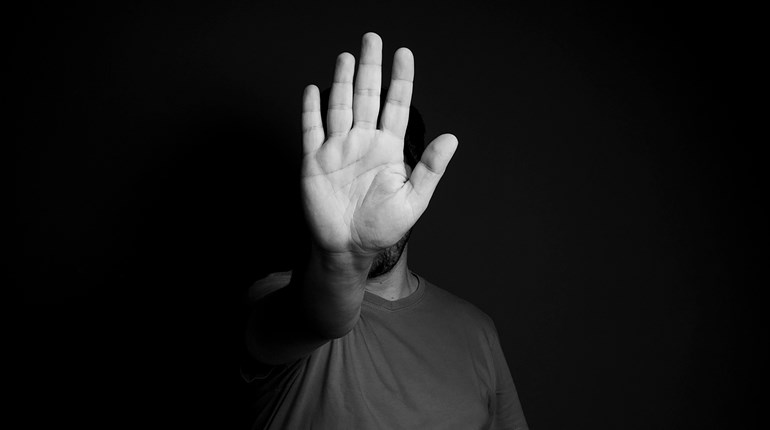
It’s a fact that clowns can give off a weird vibe, making them appear creepy instead of funny. I was wondering why some people react to clowns negatively as opposed to positively. Although the research is somewhat limited, Psychology Today has a good article on some consistent nonverbal cues that give off a creepy vibe. Per Psychology Today, “timing and the form a smile takes on can turn a normally pleasant facial expression into a creepy one. An extremely slowly appearing smile – from a neutral expression to a slow and very wide smile is very creepy (and often used by actors in horror movies).”
Discover Magazine talks about three main “smile” categories, Darwin researched 19 types of smiles, and only 6 types of smiles are for happiness. The 6 occur when we are having a good time, but the rest are when we are uncomfortable, scared, in pain, angry, aggressive, showing dominance or even when we lie.
The three main “smile” categories are smiles of affiliation, smiles of reward, and smiles of dominance. These smiles serve as expressions of happiness, connectedness, and superiority and can have psychological and physical effects on us.
Affiliative smiles are seen in social settings and facilitate bonding. They communicate that I am friendly, I am kind, and I am approachable.
Reward smiles are bright and cherry. They communicate positive experiences or intentions. These smiles are happy and contagious.
Dominance smiles have a darker side and are associated with contempt, defiance, unpleasantness, and negative feeling in the observers.
Studies have shown that overall, people are extremely perceptive when it comes to recognizing and interpreting these three main categories by catching simple smile characteristics.
 Smiles are not as plain-vanilla as they seem. More often than not, the most recognized symbol of happiness called a smile is actually a mask. As a matter of fact, the smiles mentioned below are not necessarily an emotion inside of the person but a “show” they want to signal to others. Let’s dive into a few smiles that are not full of joy.
Smiles are not as plain-vanilla as they seem. More often than not, the most recognized symbol of happiness called a smile is actually a mask. As a matter of fact, the smiles mentioned below are not necessarily an emotion inside of the person but a “show” they want to signal to others. Let’s dive into a few smiles that are not full of joy.
- Malicious Smile: Per Psychology Today, the malicious smile is a combination of a typical smile – upturned corners of the mouth – with exceptionally wide-open eyes.
- Angry-Enjoyment Smile: Darwin explains that an angry-enjoyment smile is a deliciously mischievous emotion that is best served if concealed from others. Hiding this is not very easy and is most likely a practiced skill. These people have learned to plaster an expression of anger over the top of this anger-enjoyment smile resulting in a head tilt, and creepy wide grin with “dead eyes”.
- Predatory Smile: Psychology Today states that the predatory smile again begins with a typical smile. Still, the upper part of the head is tilted FORWARD so that the chin moves closer to the chest, accompanied by staring which sends a THREATENING, “you are my target” message.
- Fake Smile: This smile lacks the eye involvement of a true smile like the Felt/Duchenne Smile (true joy and happiness). It is very common when we are told “smile for the camera”. It lacks narrowed twinkling eyes that leave smile lines aka crow’s feet.
- Dominance Smile: A dominance smile is more likely to be asymmetrical: One side of the mouth rises, and the other remains in place or even pulls downward. Dominance smiles may also include a lip curl and the raising of an eyebrow to expose more of the white part of the eye, both of which are a powerful signal of disgust and anger, per Heathline.com.
After the hours of research for this article, I now have a bit of insight as to why some people don’t like clowns. Clowns are hard to read, and their genuine facial expressions are covered up with thick makeup, so displays of emotion are muted, and most of their creepy smiles are a mixture of the 5 smiles mentioned above.
Want to step outside the box and practice something different? Get a partner, follow the “smile” descriptions above, and place these creepy smiles on your faces so you can practice recognizing negative smiles. Comprehending these creepy smiles quickly will be beneficial because if you come across one, you will know to avoid if possible.





































